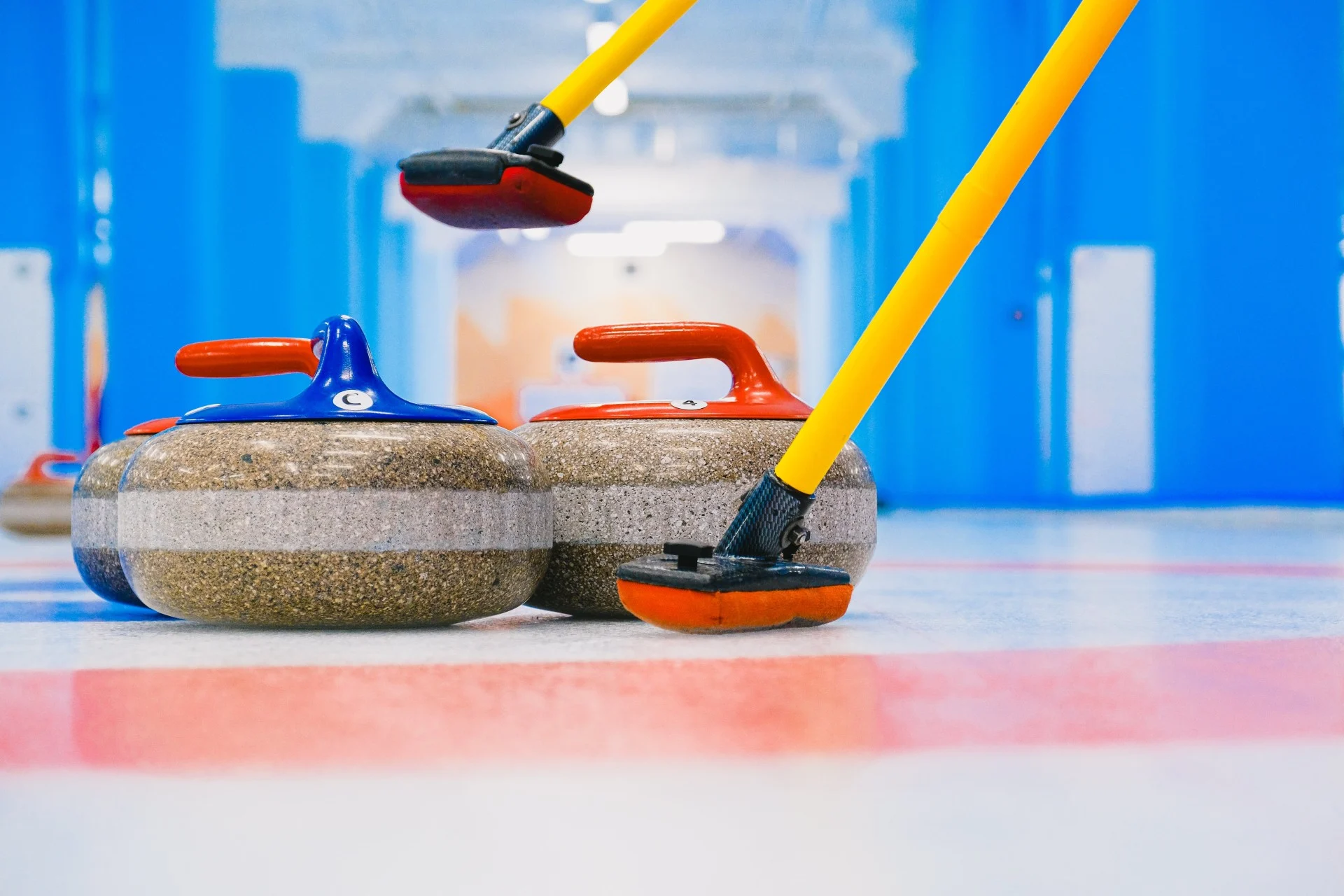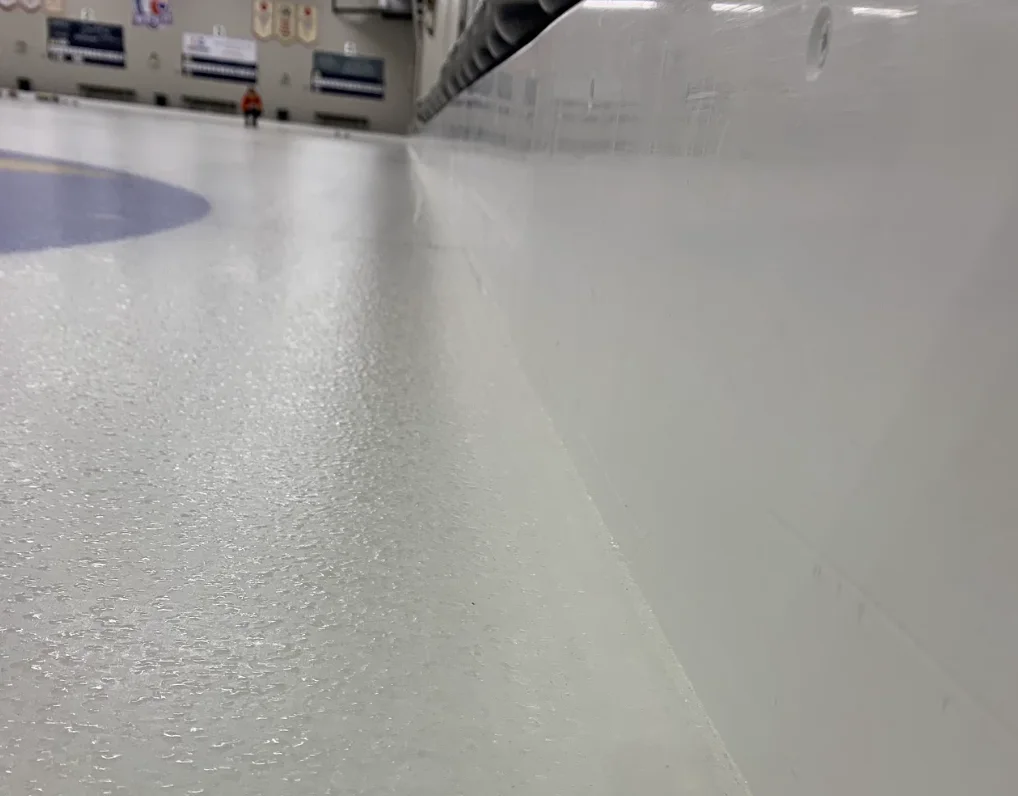
Throwing through the frost: How the weather can affect your curling game
The weather has an impact on many sports, especially in the summer. But did you know it can also affect winter sports, like curling?
As we head into the last half of winter, curlers all over Canada are buzzing as the curling season swings into its most exciting and inspiring part of the year. From club leagues being in full swing to bonspiels bringing folks from all over together, as well as watching the professionals compete against each other, there can never be enough curling.
Add in when the Winter Olympics are thrown into the lineup every four years, and even those who had never heard of the sport before become fanatics for a bit.
While curling is very physics-based, it’s also a very dynamic sport. Much like the weather, conditions on the ice surface are always changing and are heavily influenced by environmental factors.
And it’s not just the indoor temperatures that matter when it comes to optimal curling conditions; outside weather can also have an effect, and it all really comes down to one thing: humidity.
SEE ALSO: Olympic gold medalist, Nancy Greene Raine, shares her top ski tips
While it’s important for players on the ice to feel comfortable, ice technicians – also referred to as ice makers – have to craft a delicate balance between temperatures suitable to human comfort and to ice quality.
It’s all about the humidity
Curling rinks tend to be built from a combination of concrete, metal siding, and wood. The concrete is used as a form of thermal insulation and the metal siding provides thermal conductivity to the rink. This way, players on the ice can stay warm while any excess heat has a way to escape, which is all well and good when the outside temperatures are colder than inside – the excess heat will naturally want to move to where it’s colder.

The humidity inside a curling rink can be influenced by the temperatures and weather outside, so it's important that humidity levels are always monitored. (Anika Beaudry/The Weather Network)
However, if it’s a particularly warm day outside and the sun is shining on those metal exterior walls and roof, the warm outside air can seep inside, not only breaking down some of the ice around the walls, but also raising the relative humidity on the ice surface.
When the humidity is too high, frost can form on the ice, making it much harder to throw the rock as there is way too much friction slowing it down.
SEE ALSO: Bad knees keeping you off the slopes? Ski biking could be the answer
This isn’t to say that any frost on the ice surface is a bad thing; in fact, Daniel Frans, ice maker at the St. Catharines Curling Centre in Ontario and son of world-class ice technician Teo Frans, says that some frost is actually needed for the rocks to curl properly.
Moreover, if the rink isn’t completely airtight, humid air from outside could seep in, resulting in frost forming along the edges of the ice closest to the walls. So even if it’s a cold day, if it’s raining or snowing, which both raise the outdoor humidity, the ice inside can become frosty and difficult to curl on.
Additionally, if the humidity levels inside the rink rise too much, the air can condense, and fog will form throughout the rink. While this makes for a spooky atmosphere, it can also severely reduce visibility on the ice and become a safety hazard.

Frost is most likely to form on the edges of the curling sheets closest to the exterior walls. In some cases, frost can spread between the 'pebbles' on the ice surface and impact play. (Anika Beaudry/TWN)
Now, this doesn’t seem like it would be a big problem in Canada; after all, we are known for our cold winters. However, with Canada’s changing climate, we’re starting to see our winters warm up.
Even without warmer winters posing an issue, our typical cold winters can also impact curling ice.
Due to high costs, not every curling club across the country may be equipped to provide heat on the ice, leaving the ice and players at the mercy of the outside temperature for ice quality.
DON'T MISS: It's not one season fits all: How winter weather varies across Canada
As we tend to see on chilly mornings, frost can form on any cold surface, and that includes ice.
For rinks that do have the funds for equipment such as dehumidifiers to help balance the humidity, colder outdoor temperatures could cause them to work a little too well.
“If your dehumidifier overshoots, like later in the season when it’s cooler outside, you could get sublimation, or the dehumidifier eating the ice surface away,” Frans notes.
So next time you have a bad game, instead of blaming your local ice-maker, maybe you could blame the weather instead.
“At the end of the day, it can feel more like an art form than science.”
WATCH: 'Duck curling' is what mallards do for entertainment in Halifax
Thumbnail image credit to SHVETS production/Pexels.
